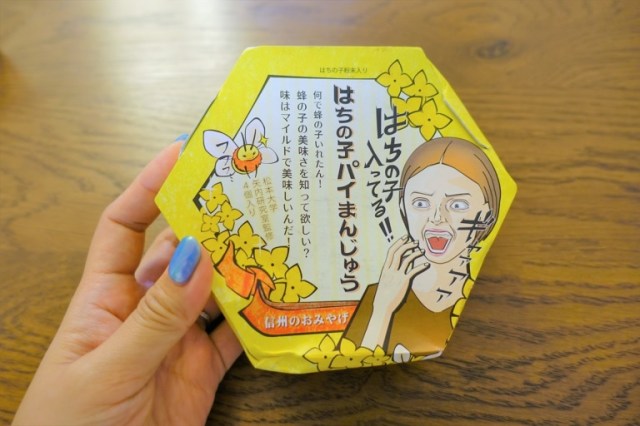
Because we finished our wasp larvae bento, we think we’ve earned a wasp larvae dessert.
Highway rest stops in Japan aren’t just places to stretch your legs and gas up your car. They’re also excellent spots for souvenir sweets shopping, as they’re generally stocked with all sorts of locally produced snacks using regional ingredients.
So on a recent drive through Nagano Prefecture, our Japanese-language reporter Haruka Takagi made sure to pull into the rest area and browse its store shelves, and that’s where she came across these.
The green box contains okaki, a kind of Japanese rice cracker, and the yellow one manju, sweet dumplings. So why are the illustrated characters on those packages screaming? Because they’re made with bugs, specifically locusts for the crackers, and wasp larvae for the dumplings.
▼ Ah, it all makes sense now.
Though Japan has a famously broad palate, bugs aren’t eaten in most parts of the country. There are a few exceptions, however, and Nagano does have a cultural culinary tradition of eating locusts and larvae. However, the practice is getting less and less common with each generation, and so even the makers of the locust okaki and wasp larvae manju realize that more modern Japanese people will react with a scream of terror than a cry of joy when presented with the opportunity/challenge of eating insects.
However, even though Haruka didn’t grow up in Nagano, she’s tried wasp larvae before. A few months back, she dined on hebomeshi, a bento box filled with rice and wasp larvae that she picked up in, you guessed it, the Nagano area. To her surprise, it had tasted delicious, with the soy sauce-based seasoning combining with the larvae for a sweet and salty flavor and as she’d bitten into the bodies of the baby wasps a milky liquid that reminded her of the flavor of salmon roe leaked out of them.
So, basically, Haruka’s experience with eating wasp larvae was that they taste great, but they’re pretty gross to look at. So as she got set to open her 519-yen (US$3.85) box of wasp larvae manju, her taste buds were looking forward to it, but her eyes weren’t.
It turned out, though, that she actually didn’t have anything to worry about.
As some of you may remember (because no matter how hard you try, you can’t forget), when one of our other brave reporters ate some Japanese wasp crackers, each piece looked like it was crawling with bugs. In the case of these wasp larvae manju, though, there’s nothing at all insect-like about their appearance, neither on the outside or the inside.
That’s because, according to the list of ingredients printed on the back of the box, they’re made with powdered wasp larvae. But do their reassuring looks belie a shocking taste?
Nope! Haruka tried tasting the dumpling in all sorts of different ways. She tried the outer cake layer by itself, scooped out a bit of the white anko sweet bean paste filling for a check, and took a normal bite, getting cake and filling on her tastebuds simultaneously. Each time it tasted great, and also surprisingly normal. She couldn’t detect any unusual bug-like aspects, and if she hadn’t seen the package or read the ingredients, she’d have thought this was just an ordinary delicious dumpling.
Moving on to the okaki rice crackers, it turns out that their locust content too is powdered.
Going in for a close look, Haruka was pretty sure that the flecks of dark color are the powdered locust bits, since the only other granulated seasoning on the ingredient list is sugar. Still, if you just saw these crackers without knowing ahead of time what they are, it’s doubtful your mind would jump to “Aha! Locusts!” upon seeing the powder.
Haruka popped one into her mouth, and was happy to find that the locust okaki taste great too! They’re sweet, but the rice cracker base gives them a bit of mature bitterness as well, with no strangeness in the flavor profile that would have you suspecting there’s anything unusual in them.
In the end, this puts these unusual snack foods in kind of a strange place. They taste great, but because they also taste like normal snacks, they might not provide enough of an insectoid impression to fully satisfy hardcore fans of edible bugs (Haruka assumes such people exist). On the other hand, despite the wasp larvae manju and locust okaki having flavors that most people would like, those who are grossed out by the concept could argue that they can just eat regular no-bugs-in-them snacks and not be missing anything.
So ultimately Haruka recommends these snacks to anyone who’s intrigued by the idea of eating bugs, but wants to start off with something that’s going to taste good and not freak them out visually. And if you do want to get freaked out visually, Haruka is happy to teach you how to prepare Japan’s horrifyingly monstrous-looking sea squirt too.
Photos © SoraNews24
● Want to hear about SoraNews24’s latest articles as soon as they’re published? Follow us on Facebook and Twitter!
[ Read in Japanese ]


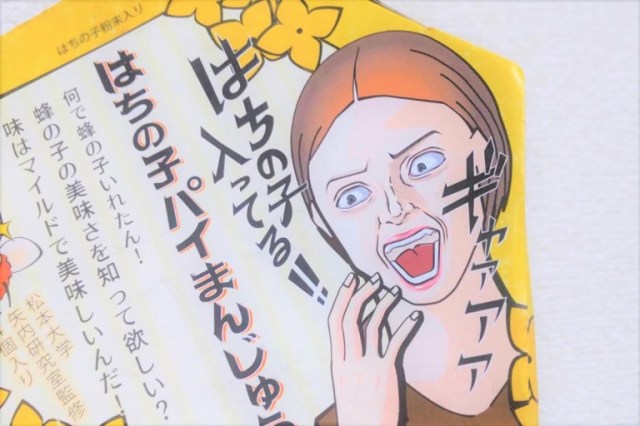
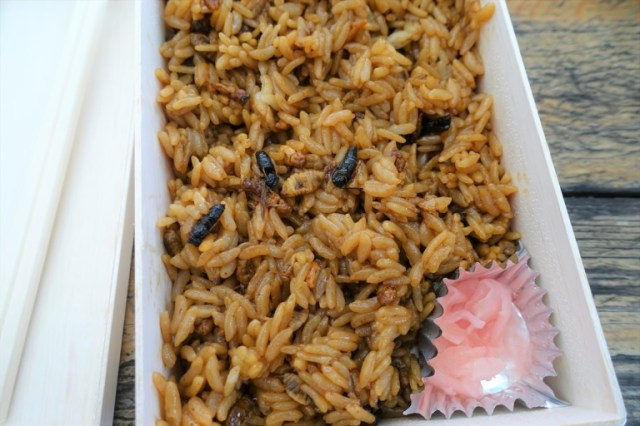
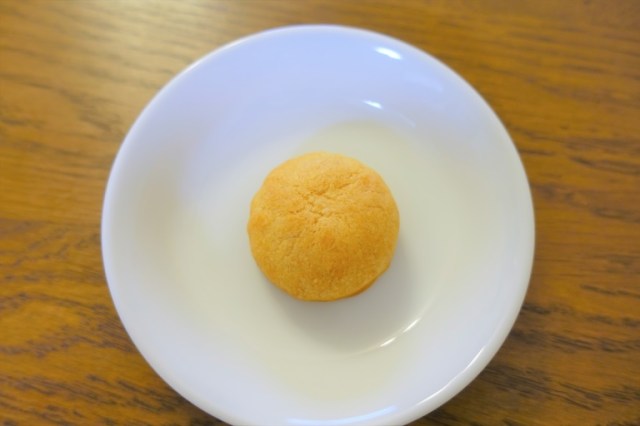
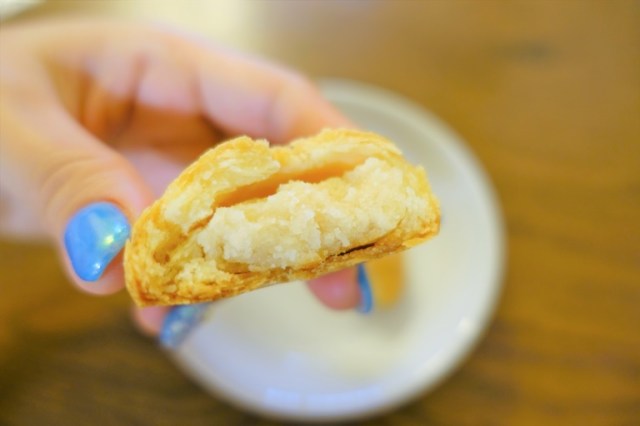
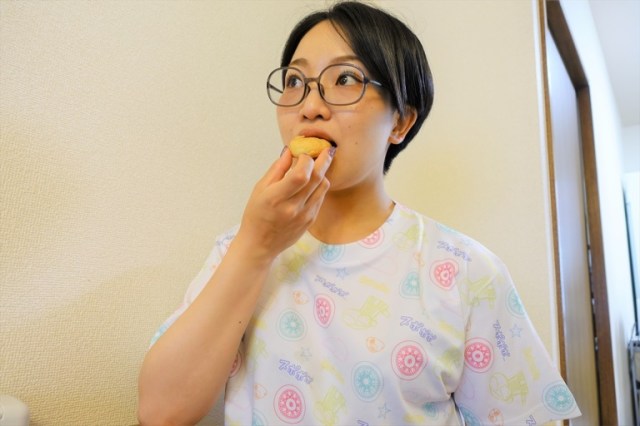
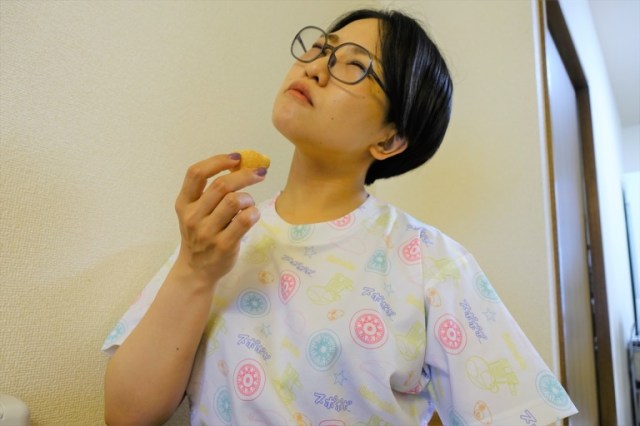
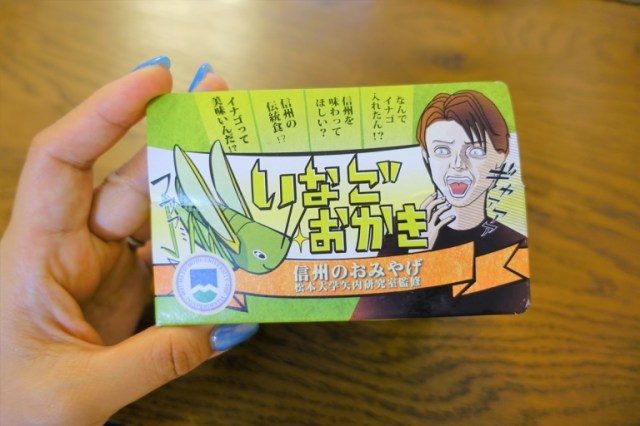
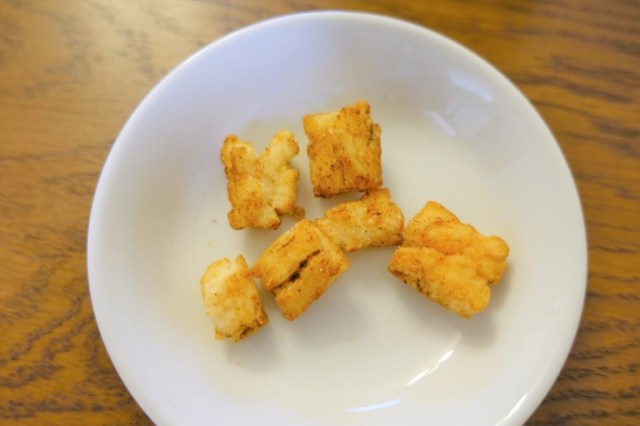
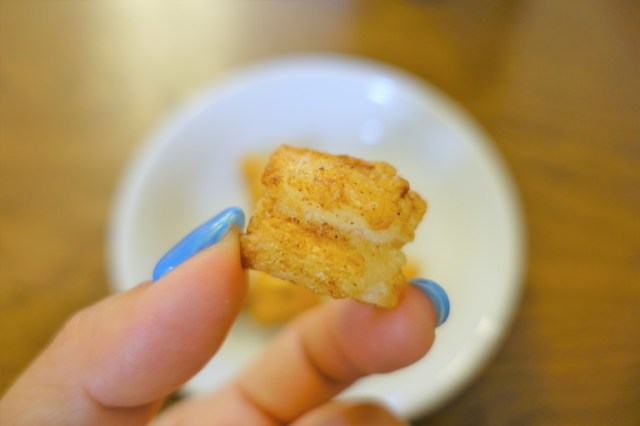
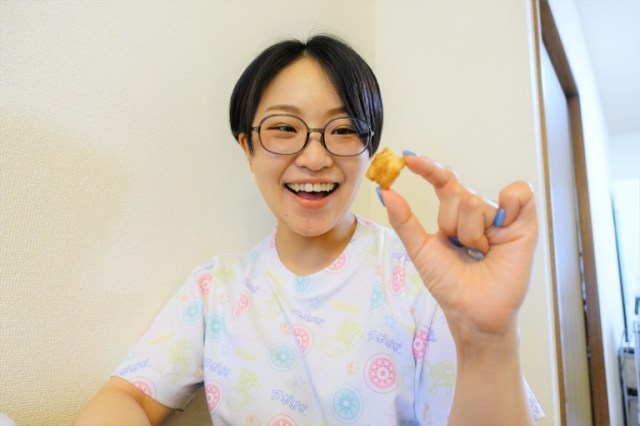
 Japanese wasp-filled crackers: Their sting is far worse than a bite
Japanese wasp-filled crackers: Their sting is far worse than a bite A visit to Japan’s wasp nest art museum stings us with respect for the industrious insects【Pics】
A visit to Japan’s wasp nest art museum stings us with respect for the industrious insects【Pics】 Wasp and mealworm sushi on the (unusual) menu at the Tokyo Bug-Eating Festival 【Photos】
Wasp and mealworm sushi on the (unusual) menu at the Tokyo Bug-Eating Festival 【Photos】 Matcha green tea cricket protein bars appear in Japan, and we’ve eaten them【Taste test】
Matcha green tea cricket protein bars appear in Japan, and we’ve eaten them【Taste test】 We try eating insects — they don’t taste like chicken
We try eating insects — they don’t taste like chicken Foreigner’s request for help in Tokyo makes us sad for the state of society
Foreigner’s request for help in Tokyo makes us sad for the state of society Japanese-style accommodation at the new Premium Dormy Inn hotel in Asakusa will blow your mind
Japanese-style accommodation at the new Premium Dormy Inn hotel in Asakusa will blow your mind Mikado Coffee is a 76-year-old coffee chain with a major celebrity connection
Mikado Coffee is a 76-year-old coffee chain with a major celebrity connection Seaside scenery, history, and so many desserts on Yokohama’s Akai Kutsu【Japan Loop Buses】
Seaside scenery, history, and so many desserts on Yokohama’s Akai Kutsu【Japan Loop Buses】 Smash Bros. director Sakurai stabs Kirby in the face, has delicious justification for it
Smash Bros. director Sakurai stabs Kirby in the face, has delicious justification for it Japan’s summertime towelket pillowcases are even better with the addition of Ghibli stars【Photos】
Japan’s summertime towelket pillowcases are even better with the addition of Ghibli stars【Photos】 Red light district sushi restaurant in Tokyo shows us just how wrong we were about it
Red light district sushi restaurant in Tokyo shows us just how wrong we were about it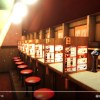 One of Japan’s best ramen chains now has a VR game that lets you cook their noodles【Video】
One of Japan’s best ramen chains now has a VR game that lets you cook their noodles【Video】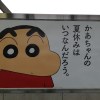 Anime’s rudest little boy, Crayon Shin-chan, helps pledge support for hardworking moms
Anime’s rudest little boy, Crayon Shin-chan, helps pledge support for hardworking moms Japan’s massive matcha parfait weighs 6 kilos, contains hidden surprises for anyone who eats it
Japan’s massive matcha parfait weighs 6 kilos, contains hidden surprises for anyone who eats it McDonald’s new Happy Meals offer up cute and practical Sanrio lifestyle goods
McDonald’s new Happy Meals offer up cute and practical Sanrio lifestyle goods Japanese ramen restaurants under pressure from new yen banknotes
Japanese ramen restaurants under pressure from new yen banknotes French Fries Bread in Tokyo’s Shibuya becomes a hit on social media
French Fries Bread in Tokyo’s Shibuya becomes a hit on social media New private rooms on Tokaido Shinkansen change the way we travel from Tokyo to Kyoto
New private rooms on Tokaido Shinkansen change the way we travel from Tokyo to Kyoto Tokyo Tsukiji fish market site to be redeveloped with 50,000-seat stadium, hotel, shopping center
Tokyo Tsukiji fish market site to be redeveloped with 50,000-seat stadium, hotel, shopping center Japanese city loses residents’ personal data, which was on paper being transported on a windy day
Japanese city loses residents’ personal data, which was on paper being transported on a windy day Beautiful Ghibli sealing wax kits let you create accessories and elegant letter decorations【Pics】
Beautiful Ghibli sealing wax kits let you create accessories and elegant letter decorations【Pics】 Secret Kitchen bento serves Japanese flowers, birds, wind and moon in a box, but is it worth it?
Secret Kitchen bento serves Japanese flowers, birds, wind and moon in a box, but is it worth it? New definition of “Japanese whiskey” goes into effect to prevent fakes from fooling overseas buyers
New definition of “Japanese whiskey” goes into effect to prevent fakes from fooling overseas buyers Our Japanese reporter visits Costco in the U.S., finds super American and very Japanese things
Our Japanese reporter visits Costco in the U.S., finds super American and very Japanese things Studio Ghibli releases Kiki’s Delivery Service chocolate cake pouches in Japan
Studio Ghibli releases Kiki’s Delivery Service chocolate cake pouches in Japan All-you-can-drink Starbucks and amazing views part of Tokyo’s new 170 meter-high sky lounge
All-you-can-drink Starbucks and amazing views part of Tokyo’s new 170 meter-high sky lounge More foreign tourists than ever before in history visited Japan last month
More foreign tourists than ever before in history visited Japan last month New Pokémon cakes let you eat your way through Pikachu and all the Eevee evolutions
New Pokémon cakes let you eat your way through Pikachu and all the Eevee evolutions Disney princesses get official manga makeovers for Manga Princess Cafe opening in Tokyo
Disney princesses get official manga makeovers for Manga Princess Cafe opening in Tokyo Sales of Japan’s most convenient train ticket/shopping payment cards suspended indefinitely
Sales of Japan’s most convenient train ticket/shopping payment cards suspended indefinitely Sold-out Studio Ghibli desktop humidifiers are back so Totoro can help you through the dry season
Sold-out Studio Ghibli desktop humidifiers are back so Totoro can help you through the dry season Japanese government to make first change to romanization spelling rules since the 1950s
Japanese government to make first change to romanization spelling rules since the 1950s Ghibli founders Toshio Suzuki and Hayao Miyazaki contribute to Japanese whisky Totoro label design
Ghibli founders Toshio Suzuki and Hayao Miyazaki contribute to Japanese whisky Totoro label design Doraemon found buried at sea as scene from 1993 anime becomes real life【Photos】
Doraemon found buried at sea as scene from 1993 anime becomes real life【Photos】 Tokyo’s most famous Starbucks is closed
Tokyo’s most famous Starbucks is closed One Piece characters’ nationalities revealed, but fans have mixed opinions
One Piece characters’ nationalities revealed, but fans have mixed opinions We asked a Uniqlo employee what four things we should buy and their suggestions didn’t disappoint
We asked a Uniqlo employee what four things we should buy and their suggestions didn’t disappoint We visit “Rice and Circus,” a restaurant that combines bugs and Japanese-style cooking【Photos】
We visit “Rice and Circus,” a restaurant that combines bugs and Japanese-style cooking【Photos】 Puyo Puyo Manju return after 21 years…and our Puyo Puyo fan reporter achieves a childhood dream
Puyo Puyo Manju return after 21 years…and our Puyo Puyo fan reporter achieves a childhood dream Give your loved ones stag beetle larvae and more this Valentine’s
Give your loved ones stag beetle larvae and more this Valentine’s Vending machine noodle ice cream: A retro icon in Japan brings joy to a new generation
Vending machine noodle ice cream: A retro icon in Japan brings joy to a new generation A tiny coffee stand in Japan is selling some of the most lifelike gummy bugs we’ve ever seen
A tiny coffee stand in Japan is selling some of the most lifelike gummy bugs we’ve ever seen Roses and cherry blossoms help to repel wasp attacks, according to Kochi University study
Roses and cherry blossoms help to repel wasp attacks, according to Kochi University study Don’t trust your eyes! Let these unique pieces of art challenge your perception of reality
Don’t trust your eyes! Let these unique pieces of art challenge your perception of reality Do you know what this caterpillar-like food is? We had no idea!【Taste test】
Do you know what this caterpillar-like food is? We had no idea!【Taste test】 Gunma’s yaki manju, unknown to most Japanese people, are the best manju we’ve ever had
Gunma’s yaki manju, unknown to most Japanese people, are the best manju we’ve ever had Mothra wants to dominate your home’s interior as a gigantically awesome tissue cover【Photos】
Mothra wants to dominate your home’s interior as a gigantically awesome tissue cover【Photos】 We smash up some rock-hard rice crackers with a hammer to find out which one is the toughest
We smash up some rock-hard rice crackers with a hammer to find out which one is the toughest How to make an ice cream sandwich…the Japanese way
How to make an ice cream sandwich…the Japanese way Weird Japanese vending machine find gives us unique sweet potato sweets
Weird Japanese vending machine find gives us unique sweet potato sweets Making a traditional Japanese dessert from “heaven grass”【Photos】
Making a traditional Japanese dessert from “heaven grass”【Photos】 Learn to make realistic-looking, edible insects with these cool tutorials【Videos】
Learn to make realistic-looking, edible insects with these cool tutorials【Videos】
Leave a Reply